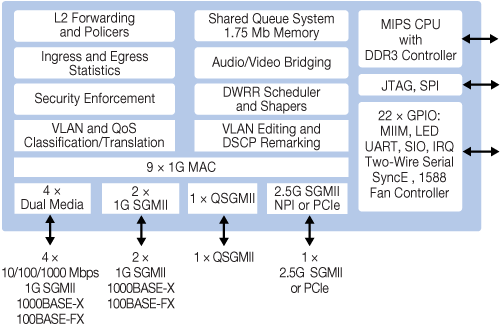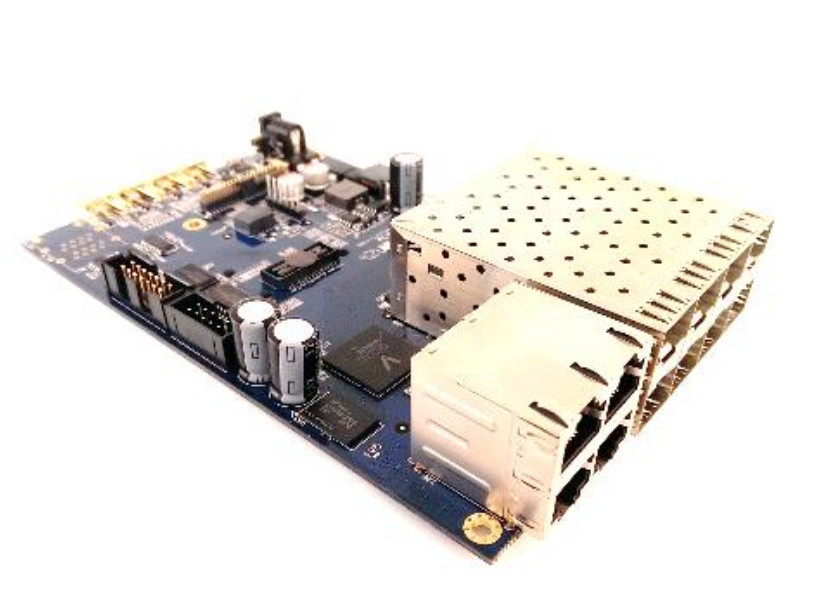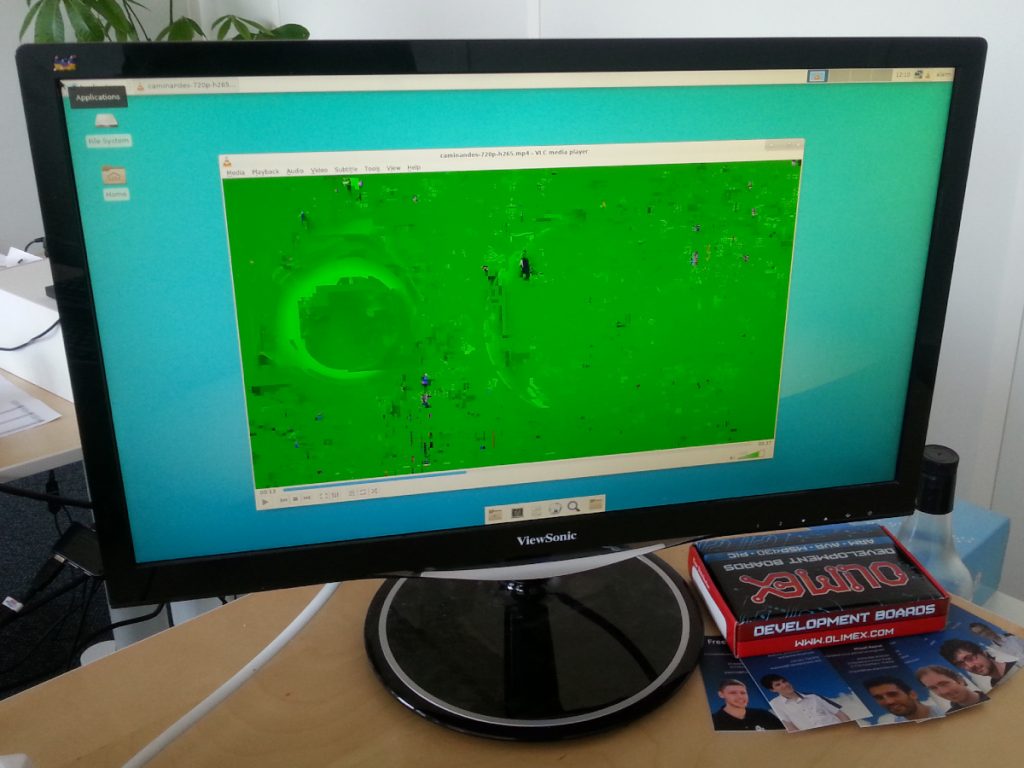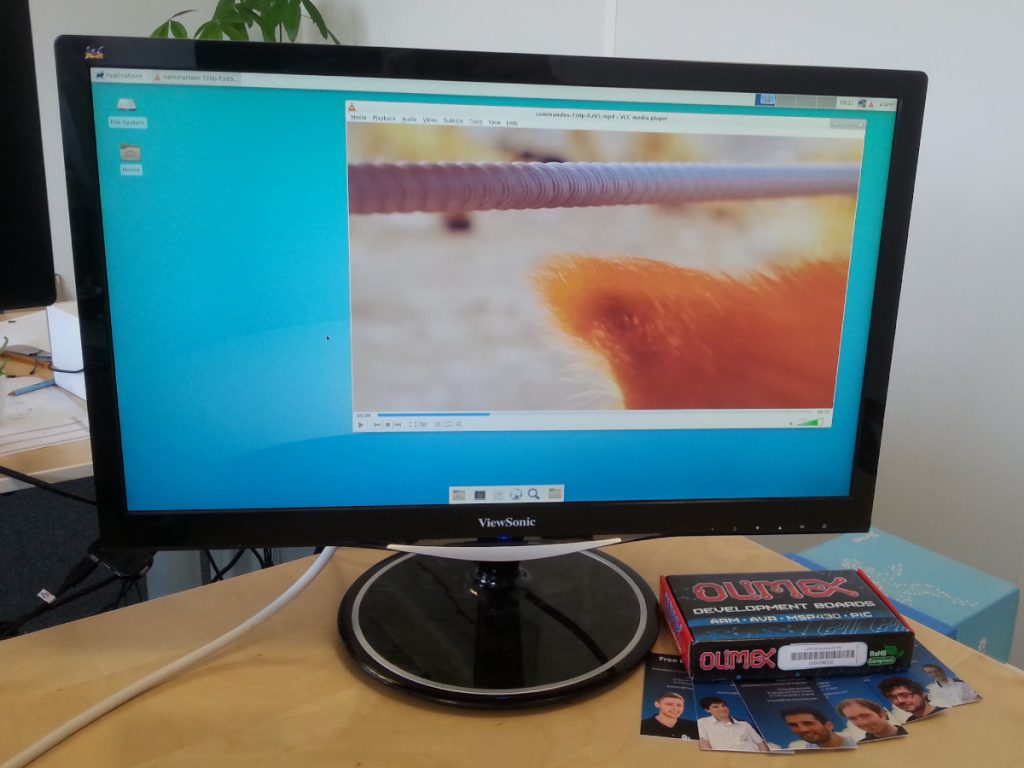This year’s edition of the X.org Developpers Conference (XDC) happened two weeks ago in A Coruña, Spain. While its name suggests that it might be focused solely on the X.org display server, this conference is actually targeted at the whole Linux graphics stack, including alternative stacks like Android’s or Wayland servers. Following our involvment in the Linux DRM subsystem, and to deepen our understanding and involvement in the graphics stack, Bootlin sent one engineer, Maxime Ripard, maintainer of the sun4i DRM driver.
There’s been a lot of interesting talks during those three days, as you can see in the conference schedule, but we especially liked a few of those:
Jens Owens, Pierre-Loup Griffais – Open Source Driver Development Funding Hooking up the Money Hose – Slides
The opening talk was made by Jens Owens, from Google, and Pierre-Loup Griffais, from Valve. They provided some interesting feedback and insights from two companies with a quite central position in the gaming industry. They also advocated for open source drivers, and the way they were actually helping the game developpers.
Haneen Mohamed, Rodrigo Siqueira: VKMS – Slides
Haneen Mohamed and Rodrigo Siqueira were on stage to talk about their work as part of the Google Summer of Code and Outreachy programs to work on a Virtual KMS driver. This driver is still in its early stage, but got merged and while basic at the moment, holds a lot of promises to use it as a KMS backend for testing the KMS API.
Jerome Glisse – getting rid of get_user_page() in favor of HMM – Slides
Jerome Glisse, from Red Hat, came to describe his current work on the memory management subsystem of the Linux kernel. He’s working on dealing with the constraints that the systems using GPUs to offload computations have when it comes to allocating memory in the most efficient way.
Overall, this was a great description about the get_user_page interface pitfalls when used in that context, and from the work that he has been doing for the past years to overcome them.
Lyude Paul, Alyssa Rosenzweig – Introducing Panfrost – Slides
In that talk, Lyude Paul and Alyssa Rosenzweig were showing the work they did on Panfrost, the reverse-engineering effort around the Mali-T GPUs from ARM (which was then expanded to the Mali-G GPUs). They discussed the result of their findings, explained the architecture of the GPU and then talked about the current state of their work. The final part of the talk was a quick demo of their work on a Rockchip SoC. It provided a great overview of the current state of the driver, and there’s a lot of hope for an open-source driver for that GPU that is quite widely used on ARM.
Elie Tournier – What’s new in the virtual world? – Slides
Elie Tournier, from Collabora, gave a talk about his work and the current state of virgl, which is a virtual 3D GPU meant to be used within qemu virtual machines, while remaining independant of the host GPU. While we were aware of the existence of that driver for quite some time, this talk provided a great overview of the features that are provided by virgl, and what you can and cannot do with it.
Conclusion
After XDC in 2016 in Helsinki, this was our second time attending that conference. Just like the first time, we really enjoyed the single track format where you can meet all the attendees and have side discussions pretty easily. Once again, the talks were great, and lead us to think about interesting developments we could do on our various projects.



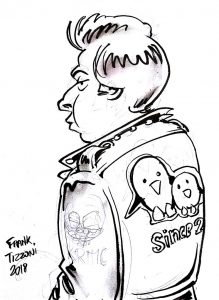

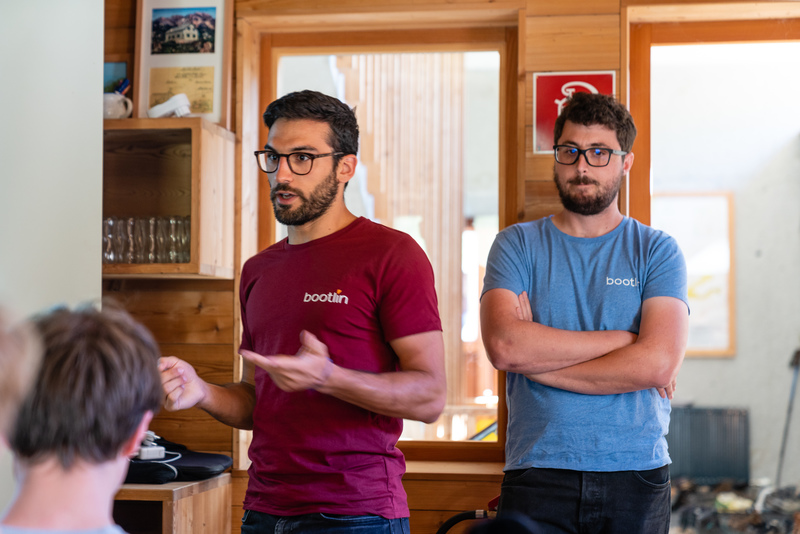
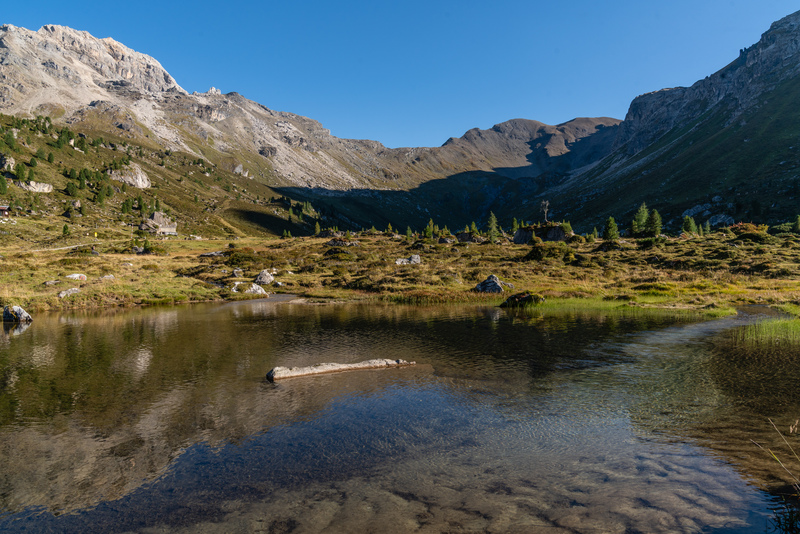
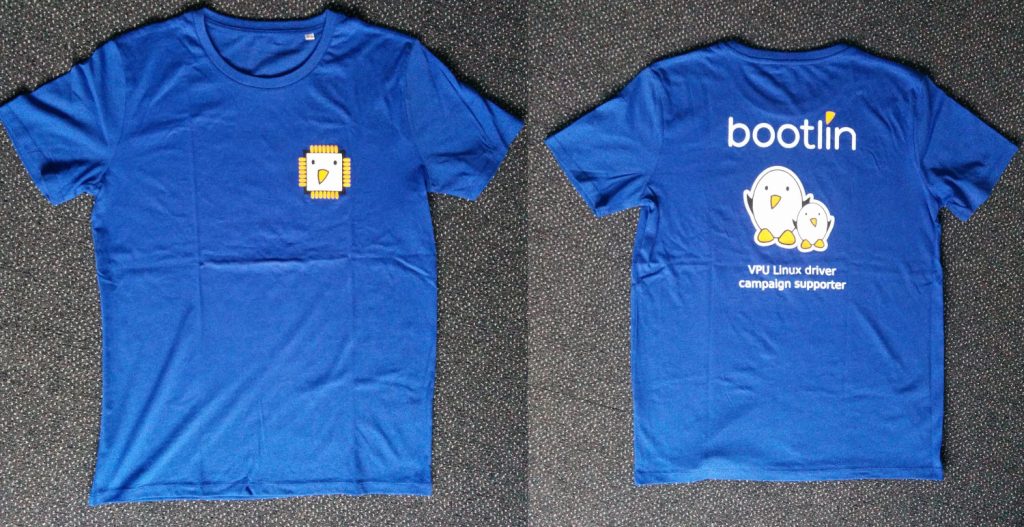

 The
The 
